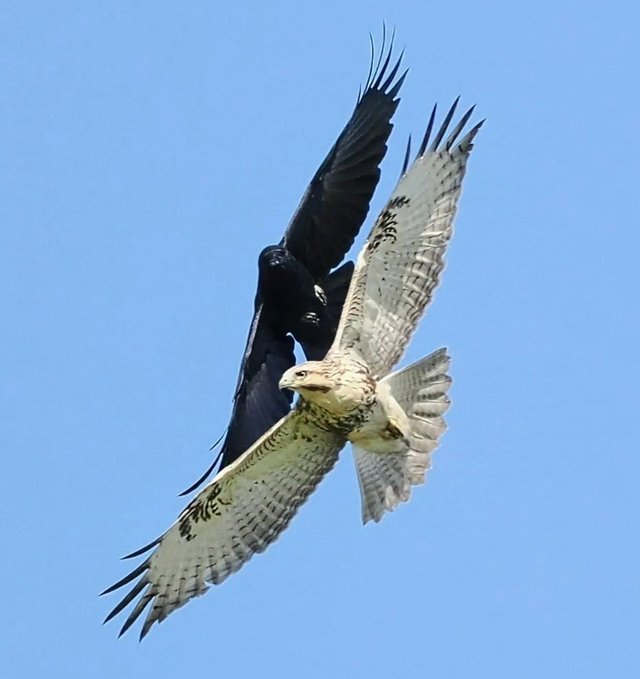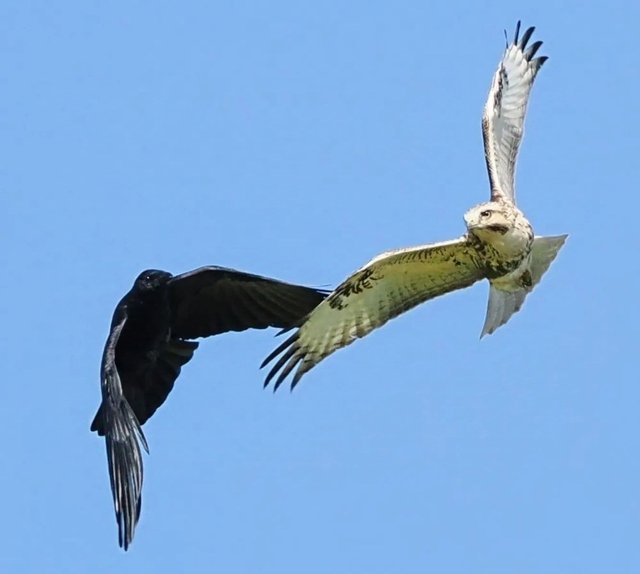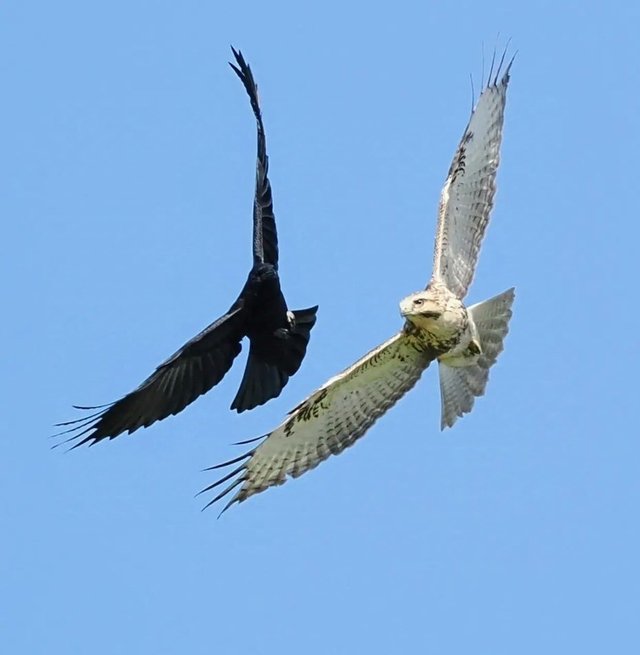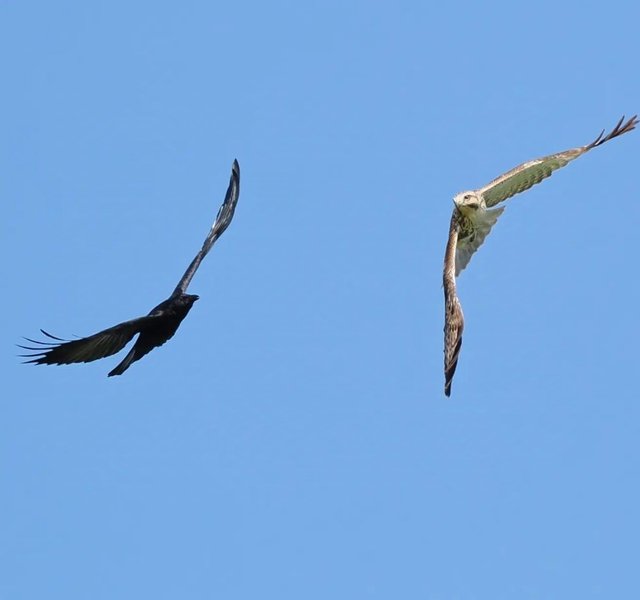The Red-tailed Hawk is one of the most widespread and recognizable birds of prey in North America. It is a member of the family Accipitridae, which includes eagles, hawks, and kites. Known for its distinctive reddish-brown tail, broad wings, and formidable hunting skills, this hawk is a symbol of strength and adaptability in the bird world.
Physical Characteristics
The Red-tailed Hawk is a large bird, typically measuring between 18 to 26 inches in length, with a wingspan that can range from 43 to 56 inches . Females are generally larger than males, as is common among birds of prey. The average weight for these hawks is about 2 to 4 pounds.
The most striking feature of adult Red-tailed Hawks is their brick-red tail, which they develop after their first molt at about a year old. Juveniles have a brown and barred tail. Their plumage can vary significantly depending on the region, with some populations being lighter or darker. Generally, Red-tailed Hawks have a brownish back, a lighter chest, and darker markings on the belly known as a "belly band." Their broad wings are also often streaked with darker patches.
Habitat and Range
Red-tailed Hawks are highly adaptable and can be found in a variety of habitats, including forests, grasslands, deserts, agricultural areas, and even urban settings. They prefer open spaces that provide good visibility for hunting, such as fields, prairies, and along roadsides, where they can often be seen perched on poles and fences.
Their range extends across North America, from Alaska and northern Canada down to Central America. They are year-round residents in much of the United States, but northern populations may migrate southward in the winter. The species is also common in the Caribbean and is known to inhabit some regions of Mexico and parts of South America.
Diet and Hunting Behavior
Red-tailed Hawks are carnivorous, primarily preying on small mammals such as rabbits, squirrels, and rodents. However, they are opportunistic feeders and will also eat birds, reptiles, and even carrion if the opportunity arises. Their keen eyesight allows them to spot prey from great distances, and their hunting technique typically involves soaring high in the sky or perching in a high location and waiting for the right moment to swoop down on their quarry.




Thanks For Reading
Device Information
| Device | Redmi Note 10 Pro |
|---|---|
| Lens | 64 mp |
| Location | Bangladesh |
